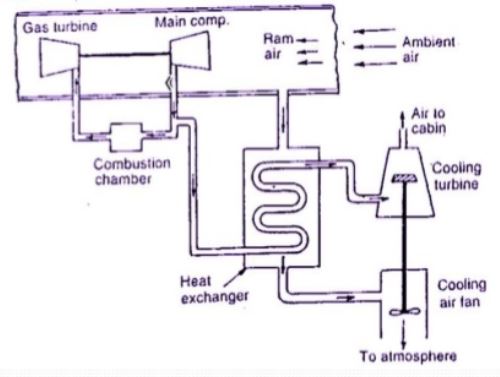cabin pressurization
How Aircraft Cabin Pressurization works?
Cabin Pressurization
You must be wondering how you are able to breathe comfortably on a flights at around 30,000 - 40,000 feet when a well-trained mountaineer finds it difficult to breathe even with an oxygen cylinder at 29,000 feet.
The science behind difficulty to breathe at high altitude
Air pressure drops with an increasing altitude. With reduced pressure, the air molecules move away from each other making it less dense. Our body is used to breathe at ground level altitude at which air molecules are denser. This makes it difficult for human beings to breath at higher altitudes.
Humans love to breathe near ground but aircraft love to fly away from the ground.
To solve this problem which looks very simple, the aviation industry came up with an idea of cabin pressurization. To explore further about cabin pressurization, we will need to know the basic working of the aircraft engine.
The ambient air is sucked inside the engine through the fan, it is compressed at high temperature and pressure which makes air molecules to come closer and facilitate easier burning of the air and fuel mixture in the combustion chamber. The compression process is carried out in a number of stages varying from 7-10 depending on the engine. After passing through each compression stage, there is a gradual rise in pressure and temperature. Some amount of air from the 6th and 7th stages of compression is taken out from the compressor and is cooled and filtered so that it becomes healthy for the breathing.
Physics behind the process
Air taken from the engine have high temperature and pressure which has to be brought down to make it comfortable for passengers to breath. Following are the components through which air from the aircraft engines is passed before it is used for cabin pressurization.
1. Heat exchanger
2. Cooling turbine
3. Cooling turbine
Air is compressed in the main compressor and then sent through a heat exchanger where it cools down. This cooled air is sent to the cooling turbine where it is expanded so that its pressure can be brought down to make it comfortable for humans to breathe easily. The breathable air is then sent to the cabin.








